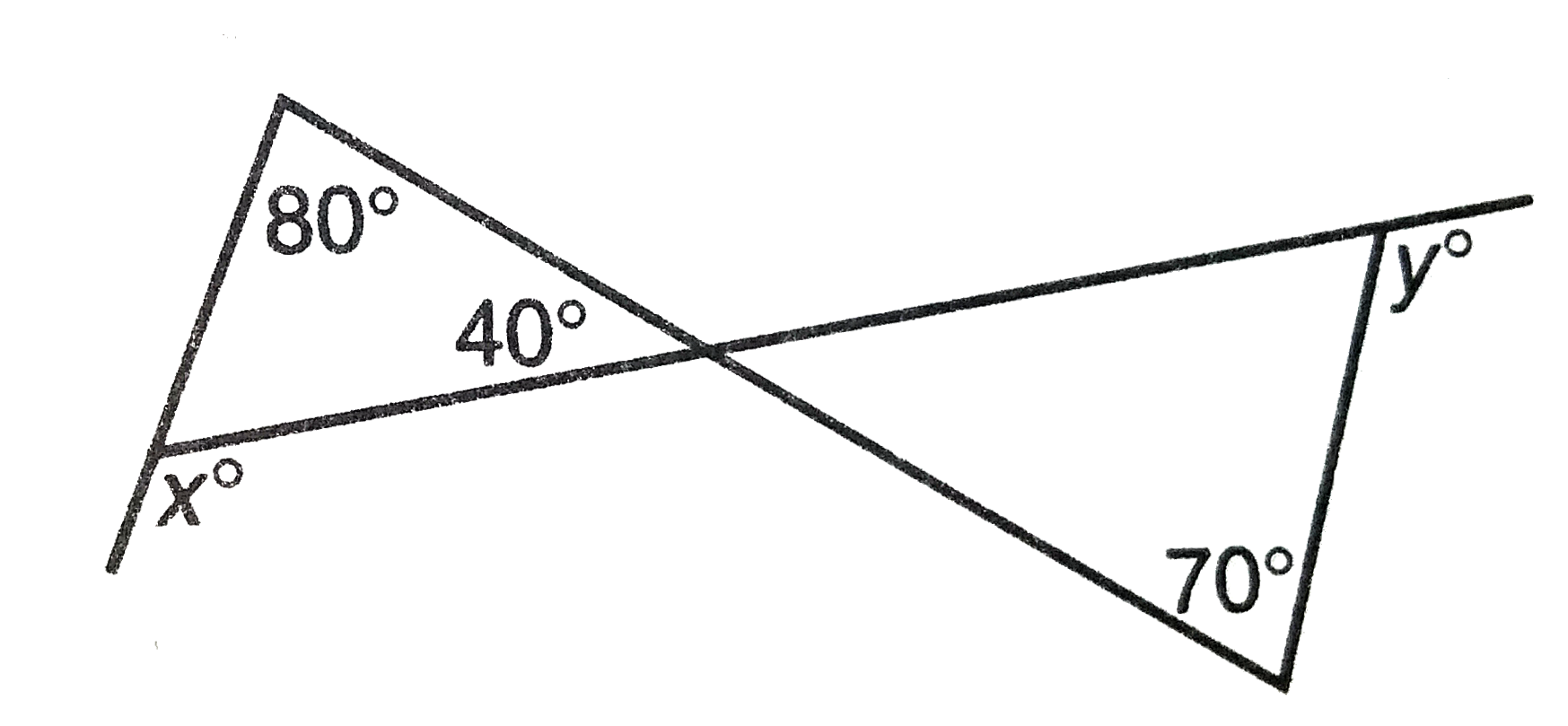Consider f,g and h be three real valued differentiable functions defined on R. Let g(x)=x3+g''(1)x3+(3g'(1)−g''(1)−1)x+3g'(1)
f(x)=xg(x)−12x+1
andf(x)=(h(x))2, where g(0)=1
The function y=f(x) has
(a)Exactly one local minima and no local maxima
(b)Exactly one local maxima and no local minima
(c)Exactly one local maxima and two local minima
(d)Exactly two local maxima and no local minima
The correct Answer is:C
Step by step video solution for Consider f,g and h be three real valued differentiable functions defined on R. Let g(x)=x^(3)+g''(1)x^(3)+(3g'(1)-g''(1)-1)x+3g'(1) f(x)=xg(x)-12x+1 andf(x)=(h(x))^(2), where g(0)=1 The function y=f(x) has by Maths experts to help you in doubts & scoring excellent marks in Class 12 exams.
Updated on:21/07/2023Topper's Solved these Questions
- MONOTONICITY MAXIMA AND MINIMABook:ARIHANT MATHS ENGLISHChapter:MONOTONICITY MAXIMA AND MINIMAExercise:Exercise (Single Integer Answer Type Questions)
Explore 11 Videos
- MONOTONICITY MAXIMA AND MINIMABook:ARIHANT MATHS ENGLISHChapter:MONOTONICITY MAXIMA AND MINIMAExercise:MAXIMA AND MINIMA EXERCISE 6
Explore 2 Videos
- MONOTONICITY MAXIMA AND MINIMABook:ARIHANT MATHS ENGLISHChapter:MONOTONICITY MAXIMA AND MINIMAExercise:Exercise (Statement I And Ii Type Questions)
Explore 8 Videos
- MATRICES Book:ARIHANT MATHS ENGLISHChapter:MATRICES Exercise:Exercise (Questions Asked In Previous 13 Years Exam)
Explore 49 Videos
- PAIR OF STRAIGHT LINES Book:ARIHANT MATHS ENGLISHChapter:PAIR OF STRAIGHT LINES Exercise:Exercise (Questions Asked In Previous 13 Years Exam)
Explore 2 Videos
Similar Questions
A particular substance is being cooled by a stream of cold air (temperature of the air is constant and is 5∘C) where rate of cooling is directly proportional to square of difference of temperature of the substance and the air.
If the substance is cooled from 40∘C to 30∘C in 15 min and temperature after 1 hour is T∘C, then find the value of [T]/2, where [.] represents the greatest integer function.
View Solution
in the figure above , x+y=
View SolutionStatement I The equation 3x2+4ax+b=0 has atleast one root in (o,1), if 3+4a=0.
Statement II f(x)=3x2+4x+b is continuos and differentiable in (0,1)
View SolutionLet A=⎡⎢⎣1000110−24⎤⎥⎦,I=⎡⎢⎣100010001⎤⎥⎦andA−1=[16(A2+cA+dI)] Then value of candd are (a) (−6,−11) (b) (6,11) (c) (−6,11) (d) (6,−11)
View SolutionIf the pair of lines ax2+2(a+b)xy+by2=0 lie along diameters of a circle and divide the circle into four sectors such that the area of one of the sectors is thrice the area of another sector then
View SolutionLet f and g be two real values functions defined by f(x)=x+1 and g(x)=2x-3 Find 1)f+g,2 ) f-g,3 ) (f)/(g)
View SolutionConsider f g and h are real-valued functions defined on R. Let f(x)-f(-x)=0 for all x in R, g(x) + g(-x)=0 for all x in R and h (x) + h(-x)=0 for all x in R. Also, f(1) = 0,f(4) = 2, f(3) = 6, g(1)=1, g(2)=4, g(3)=5, and h(1)=2, h(3)=5, h(6) = 3 The value of f(g(h(1)))+g(h(f(-3)))+h(f(g(-1))) is equal to
View SolutionSuppose f, g, and h be three real valued function defined on R.
Let f(x)=2x+|x|,g(x)=13(2x−|x|) and h(x)=f(g(x))
The domain of definition of the function l(x)=sin−1(f(x)−g(x)) is equal to
View SolutionConsider f,g and h be three real valued differentiable functions defined on R. Let g(x)=x3+g''(1)x3+(3g'(1)−g''(1)−1)x+3g'(1)
f(x)=xg(x)−12x+1
andf(x)=(h(x))2, where g(0)=1
The function y=f(x) has
View SolutionConsider f,g and h be three real valued differentiable functions defined on R. Let g(x)=x3+g''(1)x2+(3g'(1)−g''(1)−1)x+3g'(1) f(x)=xg(x)−12x+1 andf(x)=(h(x))2, where g(0)=1 Which one of the following does not hold good for y=h(x)
View SolutionLet f(x)andg(x) be two differentiable functions, defined as:
f(x)=x2+xg'(1)+g''(2)andg(x)=f(1)x2+xf'(x)+f''(x).
The value of f(1)+g(−1) is:
View SolutionLet g be a real valued function defined on the interval (-1, 1) such that e−x(g(x)−2ex)=x∫0√y4+1dy for all ∈(−1,1) and f be an another function such f(g(x)) = g(f(x)) = x. Then the value of f'(2) is
View SolutionIf f(x)=(g(x))+g(−x)2+2[h(x)+h(−x)]−1 where g and h are differentiable functions then f'(0)
View SolutionIf f,g,and h are differentiable functions of x and d(x)=∣∣ ∣ ∣∣fgh(xf)'(xg)'(xh)'(x2f)''(x2g)''(x2h)''∣∣ ∣ ∣∣ prove that d′(x)=∣∣ ∣ ∣∣fghf'g'h'(x3f'')'(x3g'')'(x3h'')'∣∣ ∣ ∣∣
View SolutionSuppose f, g, and h be three real valued function defined on R.
Let f(x)=2x+|x|,g(x)=13(2x−|x|) and h(x)=f(g(x))
The domain of definition of the function l(x)=sin−1(f(x)−g(x)) is equal to
View Solution
